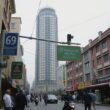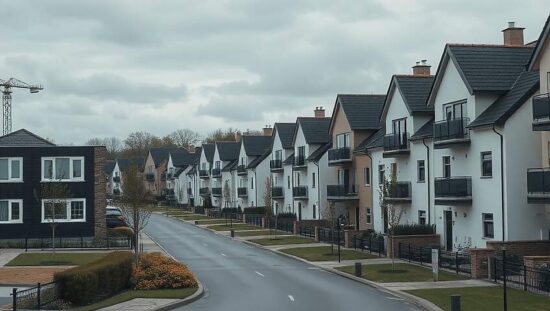Germany has witnessed the emergence of 309 new urban districts since the year 2000, extending to the end of 2024, collectively providing approximately 239,000 new housing units. This finding stems from a study conducted by the Federal Institute for Building, Urban and Housing Research (BBSR), as reported in the “Tagesspiegel” newspaper. The BBSR defines a new urban district as a development area comprising at least 500 dwellings, a population of 1,000 inhabitants, or an area of 10 hectares.
The pace of development has been significant, with new districts since 2010 averaging 920 dwellings spread across 38 hectares. These burgeoning areas are primarily located in major cities and university towns, notably avoiding greenfield expansion. Instead, they are largely built on previously derelict land and former industrial or military sites – spaces formerly occupied by barracks, factories and commercial zones.
“For a long time, we believed Germany had completed its construction. However, this is not the case. We are experiencing a shortage of housing” stated Federal Minister for Housing, Urban Development and Building Verena Hubertz, reflecting on the current situation.
Franziska Bensch, a housing market researcher at the BBSR, emphasizes the continued importance of new urban districts. “New urban districts are a key pillar of housing development in Germany” she explained. “They provide urgently needed living space, strengthen urban structure and enable greater sustainability through the reuse of existing areas.
Significant expansion is anticipated in the coming years. As of May 2025, Germany had 220 districts under construction, representing 285,000 potential dwellings. Furthermore, a further 189 districts, offering approximately 210,000 dwellings, are currently in the planning stage. Proposed regulatory changes, dubbed a “construction accelerator” by Minister Hubertz, may facilitate the creation of new building areas, even without comprehensive planning regulations, under certain conditions.
Minister Hubertz stressed that addressing the housing shortage should not automatically involve sprawling development onto undeveloped land. “I see a lot of potential for new housing within cities” she stated, highlighting opportunities for the repurposing of existing structures such as department stores and commercial properties. Studies from the BBSR illustrate the potential to utilize brownfield sites and former industrial areas for residential development and the creation of new urban districts.





